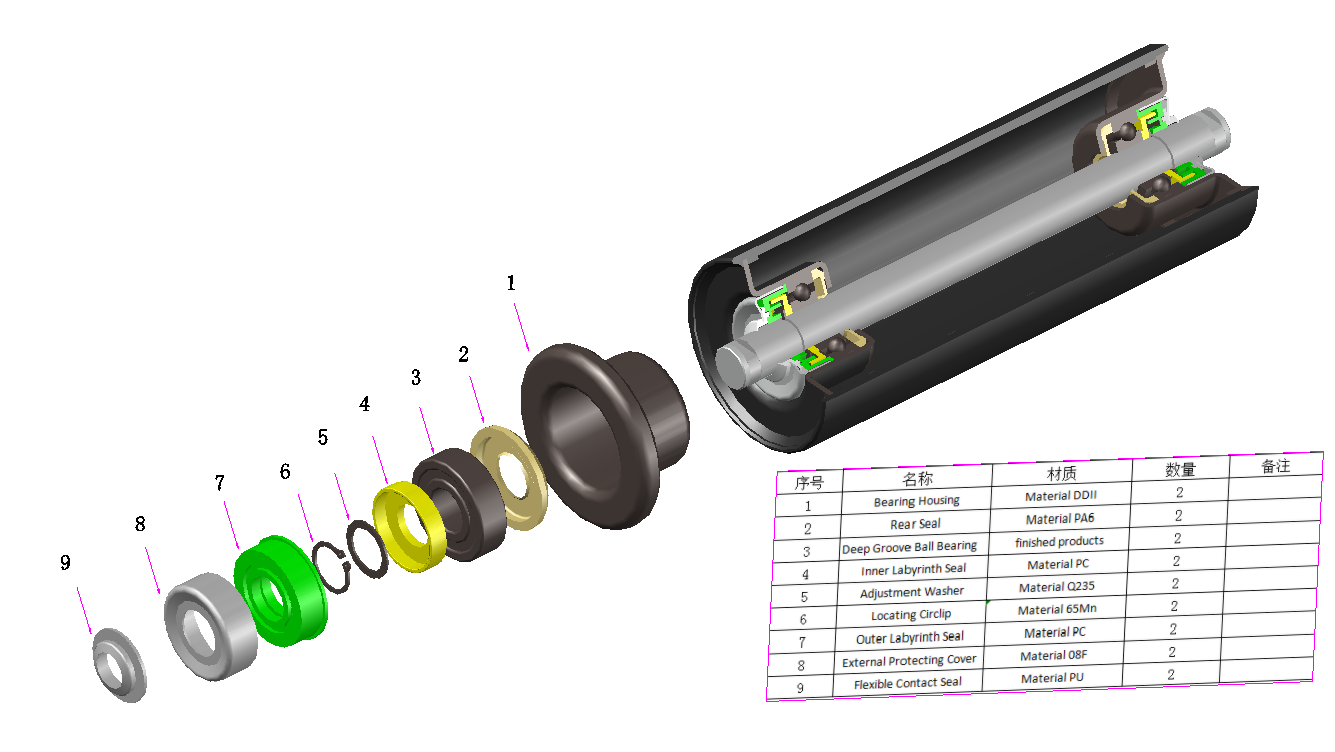 Afrikaans
Afrikaans  Albanian
Albanian  Amharic
Amharic  Arabic
Arabic  Armenian
Armenian  Azerbaijani
Azerbaijani  Basque
Basque  Belarusian
Belarusian  Bengali
Bengali  Bosnian
Bosnian  Bulgarian
Bulgarian  Catalan
Catalan  Cebuano
Cebuano  Corsican
Corsican  Croatian
Croatian  Czech
Czech  Danish
Danish  Dutch
Dutch  English
English  Esperanto
Esperanto  Estonian
Estonian  Finnish
Finnish  French
French  Frisian
Frisian  Galician
Galician  Georgian
Georgian  German
German  Greek
Greek  Gujarati
Gujarati  Haitian Creole
Haitian Creole  hausa
hausa  hawaiian
hawaiian  Hebrew
Hebrew  Hindi
Hindi  Miao
Miao  Hungarian
Hungarian  Icelandic
Icelandic  igbo
igbo  Indonesian
Indonesian  irish
irish  Italian
Italian  Japanese
Japanese  Javanese
Javanese  Kannada
Kannada  kazakh
kazakh  Khmer
Khmer  Rwandese
Rwandese  Korean
Korean  Kurdish
Kurdish  Kyrgyz
Kyrgyz  Lao
Lao  Latin
Latin  Latvian
Latvian  Lithuanian
Lithuanian  Luxembourgish
Luxembourgish  Macedonian
Macedonian  Malgashi
Malgashi  Malay
Malay  Malayalam
Malayalam  Maltese
Maltese  Maori
Maori  Marathi
Marathi  Mongolian
Mongolian  Myanmar
Myanmar  Nepali
Nepali  Norwegian
Norwegian  Norwegian
Norwegian  Occitan
Occitan  Pashto
Pashto  Persian
Persian  Polish
Polish  Portuguese
Portuguese  Punjabi
Punjabi  Romanian
Romanian  Russian
Russian  Samoan
Samoan  Scottish Gaelic
Scottish Gaelic  Serbian
Serbian  Sesotho
Sesotho  Shona
Shona  Sindhi
Sindhi  Sinhala
Sinhala  Slovak
Slovak  Slovenian
Slovenian  Somali
Somali  Spanish
Spanish  Sundanese
Sundanese  Swahili
Swahili  Swedish
Swedish  Tagalog
Tagalog  Tajik
Tajik  Tamil
Tamil  Tatar
Tatar  Telugu
Telugu  Thai
Thai  Turkish
Turkish  Turkmen
Turkmen  Ukrainian
Ukrainian  Urdu
Urdu  Uighur
Uighur  Uzbek
Uzbek  Vietnamese
Vietnamese  Welsh
Welsh  Bantu
Bantu  Yiddish
Yiddish  Yoruba
Yoruba  Zulu
Zulu Optimizing Efficiency in Conveyor Assembly Processes for Various Industries
The Significance of Conveyor Assembly in Modern Manufacturing
In the realm of modern manufacturing, efficiency and speed are paramount. Companies are continuously seeking innovative solutions to streamline their operations, reduce costs, and enhance productivity. One such innovation that has stood the test of time is the conveyor assembly system. This article delves into the various aspects of conveyor assembly, exploring its significance, design considerations, and impact on the manufacturing landscape.
Conveyor assembly systems are integral to a wide range of industries, including automotive, electronics, food processing, and more. They serve the primary purpose of transporting materials, components, and finished products from one location to another within a facility. By automating the transportation process, conveyor systems reduce the need for manual labor, decrease the likelihood of human error, and improve overall efficiency.
One of the key benefits of conveyor assembly is its ability to facilitate just-in-time (JIT) manufacturing. JIT is a strategy aimed at increasing efficiency by receiving goods only as they are needed in the production process. This approach minimizes waste and inventory costs, allowing manufacturers to respond more swiftly to market demands. Conveyor systems play a pivotal role in JIT manufacturing by seamlessly transporting materials to stations as they are required, thus enabling a more agile production process.
When designing a conveyor assembly system, several factors must be taken into consideration. First and foremost is the layout of the manufacturing facility. An effective conveyor system must be tailored to the specific workflow and processes of the production line. This necessitates a thorough understanding of the product being assembled, the sequence of operations, and the physical space available. The goal is to create a system that maximizes efficiency while minimizing bottlenecks.
conveyor assembly

Another critical consideration in conveyor assembly design is the type of conveyor technology to be employed. There are various types of conveyor systems, including belt conveyors, roller conveyors, and pallet conveyors, each with its own set of advantages and suitable applications. For instance, belt conveyors are ideal for transporting bulk materials and small items, while roller conveyors are more suited for transporting heavier loads. Selecting the appropriate type of conveyor can significantly impact the efficiency and functionality of the assembly process.
Moreover, the integration of technology into conveyor assembly systems has ushered in a new era of automation. Smart conveyor systems equipped with sensors, cameras, and artificial intelligence can monitor the flow of materials in real time, allowing for proactive maintenance and troubleshooting. This not only reduces downtime but also enhances the overall reliability of the assembly line. Additionally, the advent of Industry 4.0 has paved the way for the interconnectivity of machinery, enabling seamless communication between conveyor systems and other automated processes within the manufacturing environment.
Safety is another paramount consideration in conveyor assembly systems. As the speed and complexity of production lines increase, ensuring the safety of workers becomes crucial. Modern conveyor systems are designed with various safety features, including emergency stop buttons, guards, and safety sensors, to mitigate risks associated with operating machinery. Training employees on the proper use of conveyor systems and implementing safety protocols further enhances a safe working environment.
The impact of conveyor assembly systems on productivity cannot be overstated. By streamlining operations, reducing labor costs, and improving material handling, businesses can achieve higher output rates and better product quality. Moreover, the reliability and consistency offered by conveyor systems enable manufacturers to maintain tighter production schedules, thereby enhancing customer satisfaction.
In conclusion, conveyor assembly systems play an essential role in modern manufacturing. Their ability to enhance efficiency through automation, support just-in-time production, and improve safety measures makes them a valuable asset in any manufacturing facility. As technology continues to advance, the potential for further innovations in conveyor assembly systems is immense. Companies that recognize and embrace these advancements will not only thrive in the competitive manufacturing landscape but also set new standards for efficiency and productivity. Thus, the importance of conveyor assembly in the evolution of manufacturing cannot be overlooked and will undoubtedly remain a cornerstone of industrial advancement for years to come.
-
Revolutionizing Conveyor Reliability with Advanced Rubber Lagging PulleysNewsJul.22,2025
-
Powering Precision and Durability with Expert Manufacturers of Conveyor ComponentsNewsJul.22,2025
-
Optimizing Conveyor Systems with Advanced Conveyor AccessoriesNewsJul.22,2025
-
Maximize Conveyor Efficiency with Quality Conveyor Idler PulleysNewsJul.22,2025
-
Future-Proof Your Conveyor System with High-Performance Polyurethane RollerNewsJul.22,2025
-
Driving Efficiency Forward with Quality Idlers and RollersNewsJul.22,2025





























